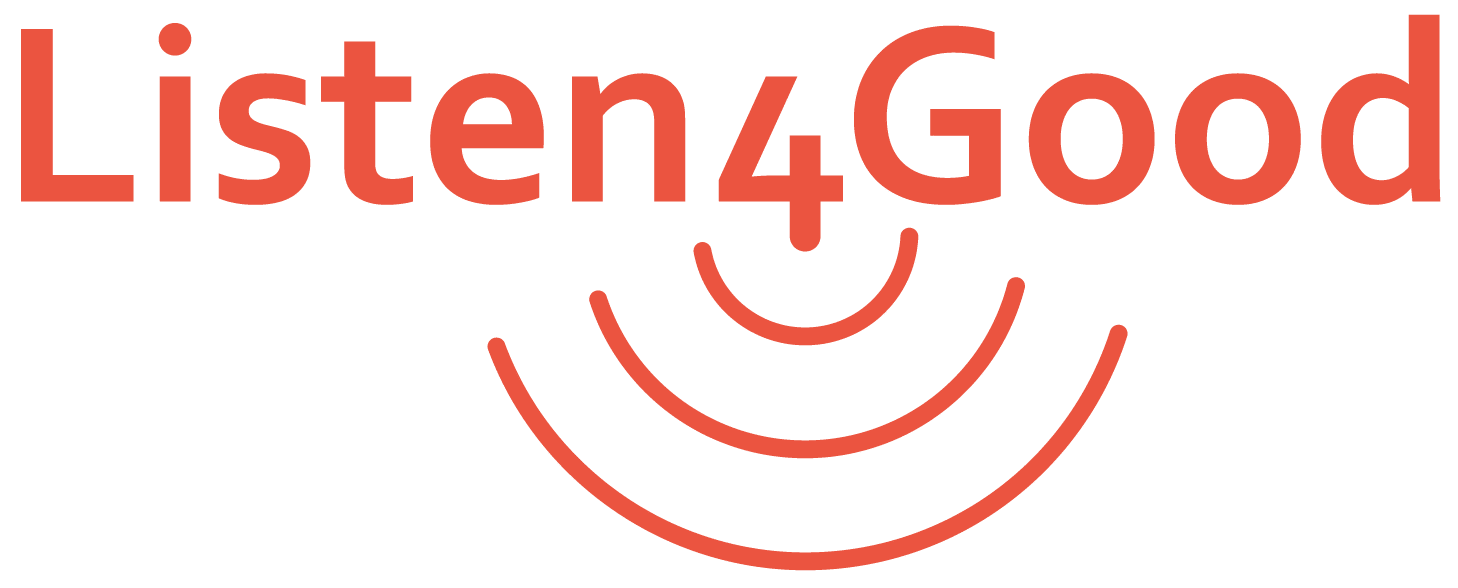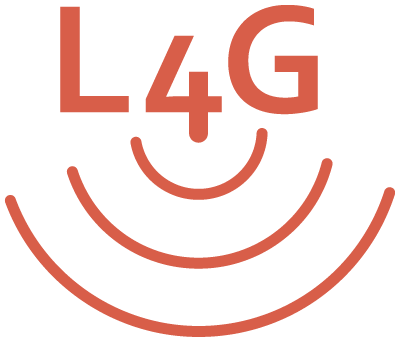How to Conquer the Fear of Feedback: 3 Strategies for Nonprofits
February 26, 2024
By Yvette Williams

Organizations new to Listen4Good (L4G) often feel nervous when starting our program, given past unpleasant experiences with giving and receiving feedback.
After coaching nearly 60 organizations over the last four years with Listen4Good, I’ve learned strategies to help nonprofits to move past their trepidation, allowing them to use feedback as an opportunity to embrace organizational change and embed equity in their work.
The three strategies I outline below help organizations to harness actionable feedback and turn it into valuable data they can use to better respond to the communities they serve, while uplifting the voices of clients who are least heard.
Why do nonprofits fear feedback?
First, let’s describe types of feedback. Sometimes, it is a complaint or negative reaction; it can also be a compliment or observation.
Feedback may also be a piece of information that expresses an unmet desire, want, or need. (For a deep dive, check out our Perceptual Feedback whitepaper.)
Staff and senior management often find the feedback process daunting and can be reticent to add feedback to already full plates. Common concerns include:
- What happens if surveys reveal shortcomings or failures in service delivery?
- Will staff be fired or get in trouble if negative feedback is received?
- What if a request is impossible to fulfill due to resource constraints?
Three strategies to overcome the fear of feedback
Here at L4G, we know that all types of feedback – including negative feedback – can be valuable to support organizations who wish to improve their services and relationships with the communities they serve.
In fact, once nonprofits realize that feedback is the gift that keeps on giving, they become excited to invest in the process. But to get them there, we need to address their concerns.
STRATEGY 1: Address initial anxieties around feedback head-on
We first need to acknowledge the elephant in the room: resistance.
In a kickoff meeting with a new L4G participant, I always first listen for unsolicited comments that may indicate anxiety around gathering feedback.
Then I ask, “Are there any concerns or fears you have about starting the feedback process?”
This helps me to understand their current and past approaches to gathering data, while answering their questions and providing additional learning resources.
For instance, one nonprofit new to L4G already had a process in place for one of their programs. They organized monthly meetings with clients to air concerns, and invited anonymous feedback with a suggestion box.
Given that staff spent time with the clients and had already heard some of their comments and complaints, some staff resisted the idea of L4G’s feedback system. Wouldn’t surveying clients be a waste of time?
I took a step back and asked staff what they wanted to learn from their clients. We discussed ways to measure client experience and satisfaction, reviewed each survey question for wording and purpose, and included questions around client demographics.
Staff arrived at two important realizations through the conversations.
First, their clients did not feel heard from previous feedback collection efforts, since they had expressed their opinions but the nonprofit did not make changes in response.
Second, they realized that L4G could help them collect actionable data and act upon what they heard. By including demographics, they could also address inequities in their programming.
STRATEGY 2: Reframe the feedback process as an opportunity for organizational learning and change
Job security is a natural worry for staff members who have not experienced L4G’s feedback program.
Given this, I’ve found that it’s critical to elevate the conversation and reframe the process as an opportunity for organizational learning and growth. I emphasize that we don’t intend to jeopardize jobs, or find fault with anyone’s individual performance. Rather, this is an organizational process.
For example, at a social services organization in Virginia, the CEO wanted to measure the organization’s effectiveness and improve the programs they offered. To do so, he wanted to collect data to help guide decision-making.
At first, his directors and staff members were skeptical. Not only would their workload increase, their jobs could be threatened.
However, as they began to move through our program, they learned that multiple pieces of actionable feedback data can tell a valuable story, opening opportunities to better address client needs.
Once staff understood that the feedback process was not personal at all, and in fact, yielded valuable information to help them do their jobs more effectively, their resistance fell away.
To date, the organization has completed more than 12 rounds of feedback on different departments, as they strive to provide equitable services at a high level of excellence to their community.
STRATEGY 3: Share the changes you will make by closing the loop
We often say that the final step in our feedback loop process, closing the loop, is the most important one.
When you close the loop, you share the results of the data you collected with your stakeholders. You also share your plans for changes in direct response to what you heard from them.
This strategy requires patience, as it comes towards the end of the feedback loop process, but it is an important step in building trust, demonstrating that an organization is committed to listening and responding to its community.
For example, when we worked with a statewide workforce development program in California, the project manager and other directors started the L4G process with skepticism. Would workers provide candid answers, and even if they did, would it make a difference?
We challenged them to ask the right questions, leverage technology, and use a variety of survey administration techniques.
They chose to use their advisory councils as focus groups to vet the survey questions and ensure that they would yield actionable data.
By the time they completed the L4G feedback loop process, they were excited to share the findings with all of their stakeholders.
To close the loop, they used social media, their partner’s Facebook page, and text messages to thank survey respondents and share the changes that would be made. Finally, they told us that leadership valued hearing from the participants in the program.
Time and time again, we’ve found that closing the loop is a powerful way to dispel fear for both organizations and the people they serve.
The Most Effective Nonprofits Learn To Welcome & Value Feedback
While organizations often start L4G’s feedback program with trepidation, using targeted strategies can help teams move beyond fear and into a zone of continuous learning and improvement.
In fact, we’ve found that the most effective nonprofits are those who eagerly seek feedback on a regular basis, using data to drive decision-making, deepen trust with their communities, and deliver lasting impact.
To learn how we can help your organization welcome the feedback process, register for one of our informational webinars today.

